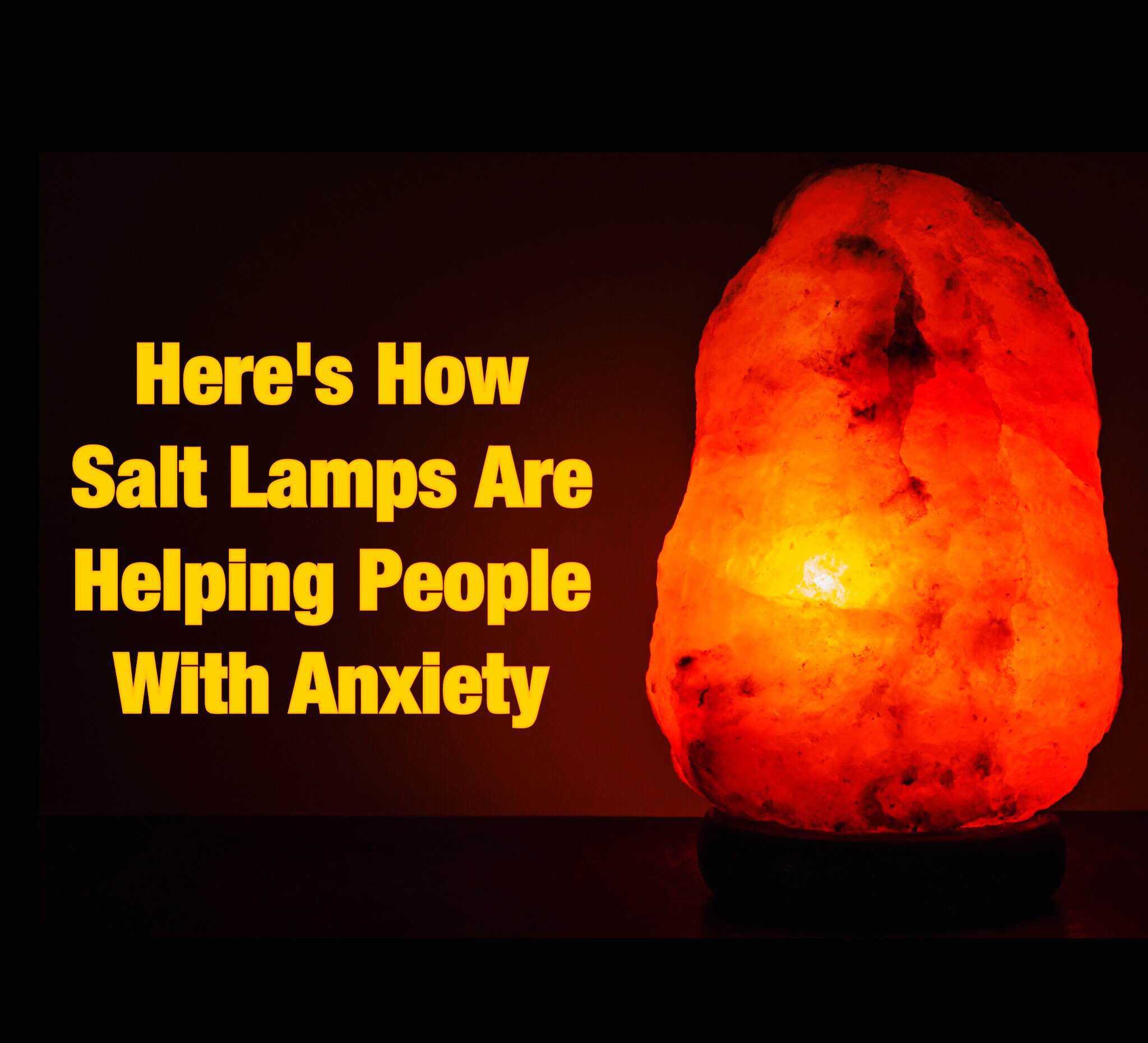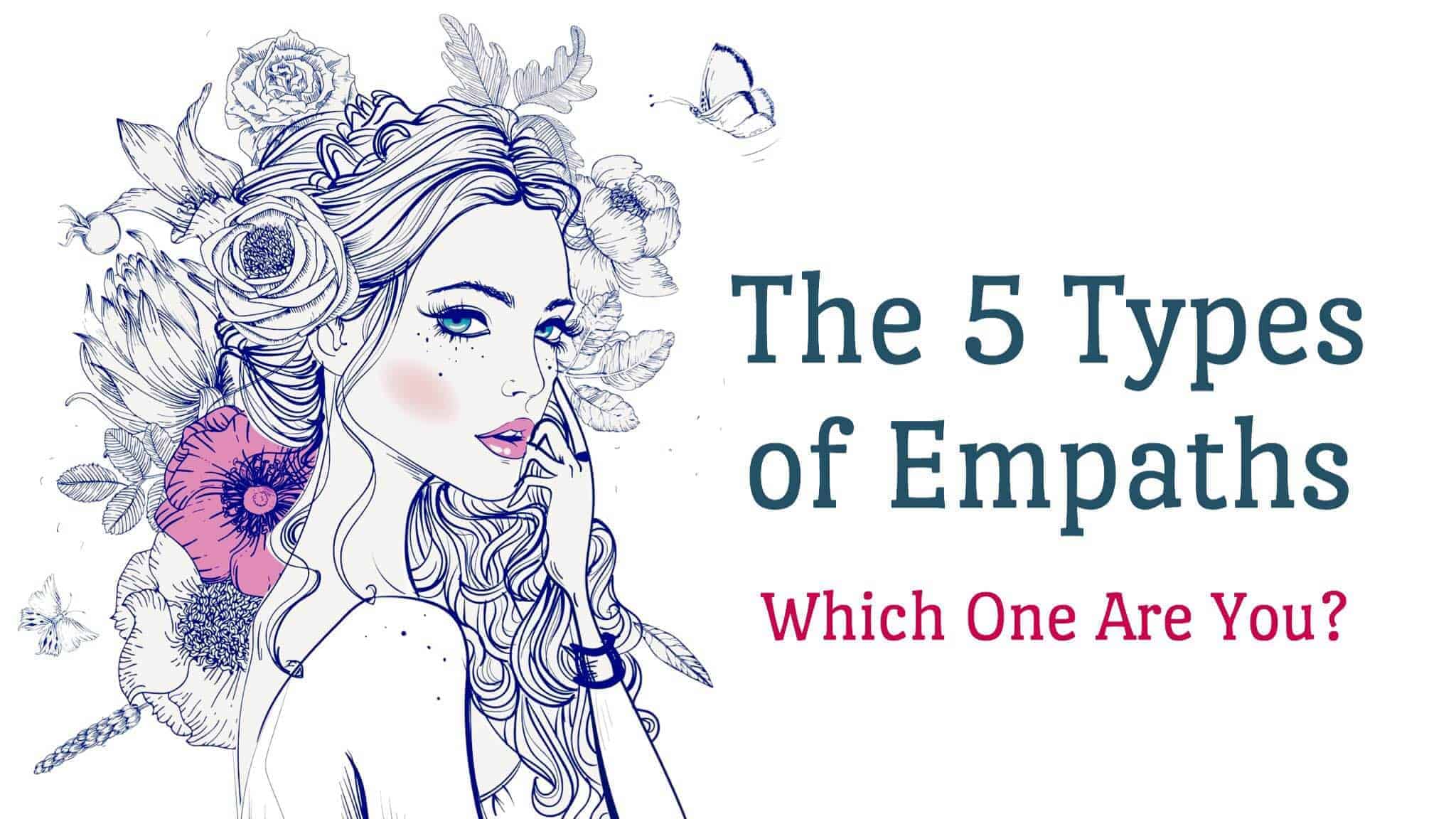Being pregnant, going through labor and experiencing the baby’s birth are the easiest phases of becoming parents. The most challenging and exciting part comes as you bring your baby home from the hospital.
Once you’re settled, however, you might feel like a nervous wreck who has no idea if you’re doing it right. This happens even if you’ve read every parenting book to prepare for the baby. But you’re not the only one fumbling as a parent. Here are some things that every parent wishes they knew sooner.
Here Are 15 Things Parents Wish They Knew Sooner
1. Learn sign language to communicate with the baby.
Babies tell their parents that they are hungry, tired, soiled, or not feeling well by crying. They have not yet learned how to speak. But did you know that you can teach your baby to “talk” to you via sign language? This method can be very useful beginning when the baby is about four months old, or when the baby has started exploring by learning to sit and crawl.
- If you start teaching the baby sign language at four months, she will eventually be able to sign back at around seven to nine months, according to Parenting.
- Some of the words you can teach the baby include: milk, sleep, eat, change (the diaper), bath, play, water, medicine, bread, banana, and ball.
- Baby sign language also increases the parent and child bond.
- It will provide a positive boost to the development of her brain since she’ll be exposed to vocabulary more extensively than her peers.
Ask your pediatrician for recommendations of good baby sign language materials like books, videos, and private teachers.
2. Feed your baby when she asks.
Should you feed your baby based on a feeding schedule or if she asks for food (on demand)? This has been a never-ending debate for many parents, especially for new moms who get lots of advice about raising their kids.
- One study said that feeding babies based on a schedule promotes better well-being for the mother, who will be able to get uninterrupted sleep and rest.
- However, scheduled feeding may not be so great for the babies themselves.
- As the experts learned, by the time the babies on a feeding schedule turned 5 to 14 years old, they registered lower IQs than their peers who were fed on demand.
Most experts say that you should watch your baby, and not the clock, for signs that she’s hungry, such as when she’s fist sucking. Unfortunately, this may mean that she will require feeding at 2 a.m. or 12 times a day. Yes, it can be exhausting for the parent. But this unusual schedule will only take place for a few months. In time, the baby will set her own predictable schedule, so exercise patience while feeding her on demand.
3. Don’t introduce the baby to pacifiers until after he’s at least four weeks old.
As much as possible, don’t let your baby use the pacifier until he’s a month old. Your baby needs to get used to the feeding ritual first, especially if you want to keep breastfeeding. According to the Mayo Clinic, pacifiers may pose a problem because the baby could be confused between the difference in the texture of his mother’s and the pacifier’s nipples.
If you’re planning to introduce pacifiers, pick out silicone, dishwasher-safe types to guarantee that it will remain clean and not become a choking hazard. Understand, however, that once your baby gets used to the pacifier to soothe him, it could be hard to break the habit. Some children may stop at their own pace at about 4 years old.
- Be sure to clean the pacifier well before giving it to the baby.
- Always keep it in a clean and safe place when not in use.
- Don’t put back a pacifier that has fallen out of the baby’s mouth while he’s sleeping.
- Don’t coat the pacifier with sweet substances.
- Never rely on the pacifier to keep a crying baby quiet.
4. The right way to breastfeed a baby below three months is to hold his head by the neck.
Moms are often seen cradling the baby on one arm while breastfeeding. But this position will make it harder for you to switch sides or move your baby’s head to the right angle so he can feed properly.
- According to the American Pregnancy Association, if you’re holding the baby in your arms, there’s a tendency to lean toward him. This may cause muscle strain.
- You need to make sure that you bring the baby towards you to avoid straining your arms, neck, and shoulders.
- The best way to do it is to hold the baby by his neck using the arms or hands closest to his head.
- Then, use the free arm to hold the breast so that your baby can latch on to it properly.
This position is only good for babies below three months old. For older babies, go with the traditional position of cradling the baby in your arms since he can turn his head by then.
5. Use heating pads for blocked ducts when breastfeeding.
Sometimes, the ducts on your breasts can get blocked or grow engorged. While this can be painful, you can find temporary relief by using heating pads to ease the flow of milk.
If you don’t have a heating pad, try soaking a washcloth in warm water and use this as a warm compress. If your breasts become sore after nursing, you can use a cold pack as a relief.
6. Let the baby be in bed even if he’s not yet too sleepy.
As much as possible, set the baby down in his crib even if he’s still awake but showing signs of sleepiness. This is how you condition the baby to develop a bedtime routine, which he will eventually adopt as he develops and grows.
7. Dental health is important even if your baby has no teeth yet.
You should start caring for your baby’s dental health as early as possible. Even if your baby has no teeth and has been drinking breast milk only, clean his gums with a soft and wet gauze a few times a day. Once the first tooth cuts through, you must clean it with the soft cloth twice a day as well.
8. A sponge bath must be your baby’s first bath.
The World Health Organization recommends giving the baby her first bath 24 hours after birth, at least. There are emotional and physical benefits to this, as it will help lessen the baby’s chances of developing cold stress. The natural waxy coating, called the vernix, that the baby is born with will also serve as an added protection and a booster so it shouldn’t be washed off right away.
- Once you are home from the hospital and ready to give your baby her first bath, it’s best to just wipe the baby with a moist soft cloth (sponge bath).
- You don’t have to fully immerse the infant in water because the baby still has the umbilical cord, which should remain dry at all times.
- Some parents don’t give their baby a bath, not even a sponge bath, until the umbilical cord falls off and that’s fine too.
- Just wipe the baby’s bum area to clean her daily.
- The rest of her will still be clean and smelling good even if she doesn’t take a bath for weeks.
9. Laundry basket works as a baby’s bathtub, too!
You can use a laundry basket for bathing older babies in order to make sure they are safe in the bathroom. Immerse the laundry basket in the tub and let the water seep through its holes. This will prevent accidental slips and slides that might hurt the baby. You can even fill the laundry basket with your baby’s favorite bath toys.
10. Wake the baby up with tickles.
People say that you should never wake up a sleeping baby and it’s for good reason.
- They’re usually cranky when their sleep is interrupted and it will be hard for them stop crying.
- If there are unavoidable situations when you have to wake up the baby, try tickles or gentle blows on their ears and to allow the baby to wake up with positive energy.
- Parents should never shake the baby to wake him up because it might lead to Shaken Baby Syndrome, which can seriously affect the brain.
11. Swaddle the baby if she’s fussy.
If your baby cannot stop crying and keeps fussing, try to swaddle her with a blanket, a baby swaddling cloth, or a sleep sack. Swaddling mimics what the baby feels inside your womb so it helps her relax, especially if you give it a good sway or swing.
According to the American Academy of Pediatrics, parents should stop swaddling the baby once she can hold her head up and turn on her tummy.
12. Play music to calm the baby down.
Music has a calming effect on people, so try this if your baby is also getting fussy. (It might help you parents too!) Experts recommend playing classical music, lullabies, and nursery rhymes because these have the most positive benefits for children. Researchers have shown how music can help the baby become more attentive, reactive and responsive. This, in turn, can make them learn to walk and talk faster than the average child.
13. Resist applying baby lotion or oil when it’s not needed.
Babies have such sensitive skin that it’s easy for them to develop an allergic reaction. But babies also develop dry skin despite their soft and supple skin texture. If the dry skin becomes irritating then consult a pediatrician right away. Don’t self-medicate and apply lotion or oil so as not to worsen the condition.
If a doctor prescribes skin care products, however, try a small spot first and wait for 24 hours to see if the baby’s skin will react. Report anything you see unusual with the baby’s skin to the doctor.
14. Use a waterproof mattress, especially at night.
A waterproof mattress on the baby’s crib can be a life-saver. It will help the clean-up easier, especially at night when you parents have to change the baby’s diapers.
15. The baby will look funny in the first few days of his life.
It’s natural for the baby to look funny for the first few days of his life. His eyes and face might look puffy and his head might be shaped oddly because he passed through the birth canal. This will only be temporary. Soon your baby will resemble you or your partner.
Final Thoughts On Things Parents Wish They Knew Sooner
Being a parent is the most difficult job in the world and your schedules and routines will revolve around your baby for a few years. But remember that being a parent is also a wonderful experience. Cherish every moment! Even the bad and tiring aspects of parenting will still enrich and fill your life with positive memories.















